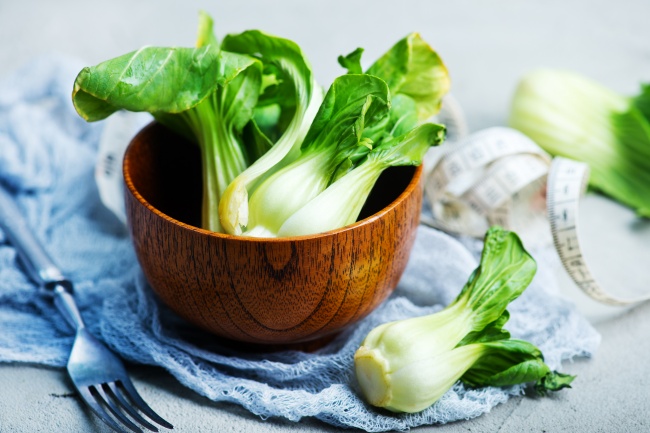Statistically, Asians are the slimmest people on Earth. “That’s genetics,” you’ll say. But that’s only partly right: traditions and habits also play a big part in staying fit.
Here are 10 secrets that help Asians stay in shape without strict diets or exhausting exercises.
10. Attitude to food

Apart from the quality and quantity of food, your attitude to it also has an influence on your body. In the West, food is not just a natural need but also an entertainment — an approach encapsulated in eating contests.
It’s not like Asians don’t like to eat. They love food like anyone else, but ultimately this is only a means to sustain life to them.
9. Portion size

As a rule, Asians prefer to eat small portions; they like to choose from a variety of dishes and try several of them during the same meal.
Studies confirm that even a small portion reduction can lead to weight loss. Volunteers at Cornell University ate reduced portions during lunch but continued to eat anything they wanted for the rest of the day. As a result, each of them lost 1.1 lbs (500 g) in 2 weeks. This experiment also disproved the belief that a person will compensate for a calorie deficit by eating more later.
8. Cooking methods

Ethnic cuisine restaurants adapt their dishes to the tastes of the local population, so it may seem that their dishes are almost always deep-fried. That’s not exactly the truth: Asian cuisine surely has plenty of fried food, but that’s not the most popular method of cooking — many recipes include steaming or boiling. The main thing is to stay within limits.
7. Fermented foods

Miso soup, kimchi, natto soybeans — these are just a few typical Asian fermented foods. Being products of lacto-fermentation, these foods act as natural probiotics. Their consumption contributes to weight loss, especially the loss of visceral fat which accumulates around the abdominal organs.
6. Seafood

Asian cuisine is difficult to imagine without fish and seafood, which contain polyunsaturated omega-3 fatty acids. In addition to their beneficial effects on the immune, vascular, and reproductive systems, omega-3 contributes to weight loss.
Researchers conducted a 3-week experiment which showed that when under the same conditions (calorie restriction and regular exercise), the group that received omega-3 capsules lost 3.3 lbs (1.5 kg) more than those who consumed the placebo.
5. Lots of greens

As mentioned above, Asian dishes are rarely served in large portions, but this doesn’t apply to vegetables, especially green vegetables: they are eaten in substantial amounts. Another important difference is the taste: Western vegetable dishes often seem bland to Asian palates.
4. Tea instead of cold water

Unlike Europeans and Americans, Asians usually wash their food down not with cold water or soda but with warm, typically green, tea. There is an opinion that cold water, especially in combination with fatty foods, slows down the digestion process and can trigger weight gain as a result.
3. Healthy desserts and snacks

In Asia, a wide popularity is enjoyed by sweets and snacks based on rice, seaweed, and red beans, as well as nuts, seeds, and fruit. These delicacies are undoubtedly much healthier than the chips, cookies, and cakes we’re familiar with.
2. Walking

Surprisingly, this habit is related to high population density. Residents of large cities use public transport instead of cars; they also live in small apartments in areas where shops, laundries, and other public places are located within walking distance.
Because of that, a typical Asian walks a longer distance in a day than an American who usually gets around by car.
1. Exercise and meditation

Traditional Asian medicine pays much attention to the prevention of diseases and seeks to eliminate the root of an illness, while Western medicine works mainly with its consequences. That is why meditation, Tai Chi, and other activities are widely practiced in Asia to prevent the development of certain diseases, including obesity.
Bonus: A 1-minute exercise to give you a flat belly

All you need is a surface you can lean on (such as a table) and 1 minute of free time.
How to do it:
Stand with your back to the table, straighten your shoulders, and raise your chin as shown in the picture.
Raise your hands, and start to reach up, alternating your right and left hand. Make 4 repetitions with each hand.
Turn your torso to the right (with your feet remaining in the original position), and touch the table with your hands; repeat the same with the left side.
Do this exercise every day for 1 minute, and you’ll notice the first results in as little as a week.












